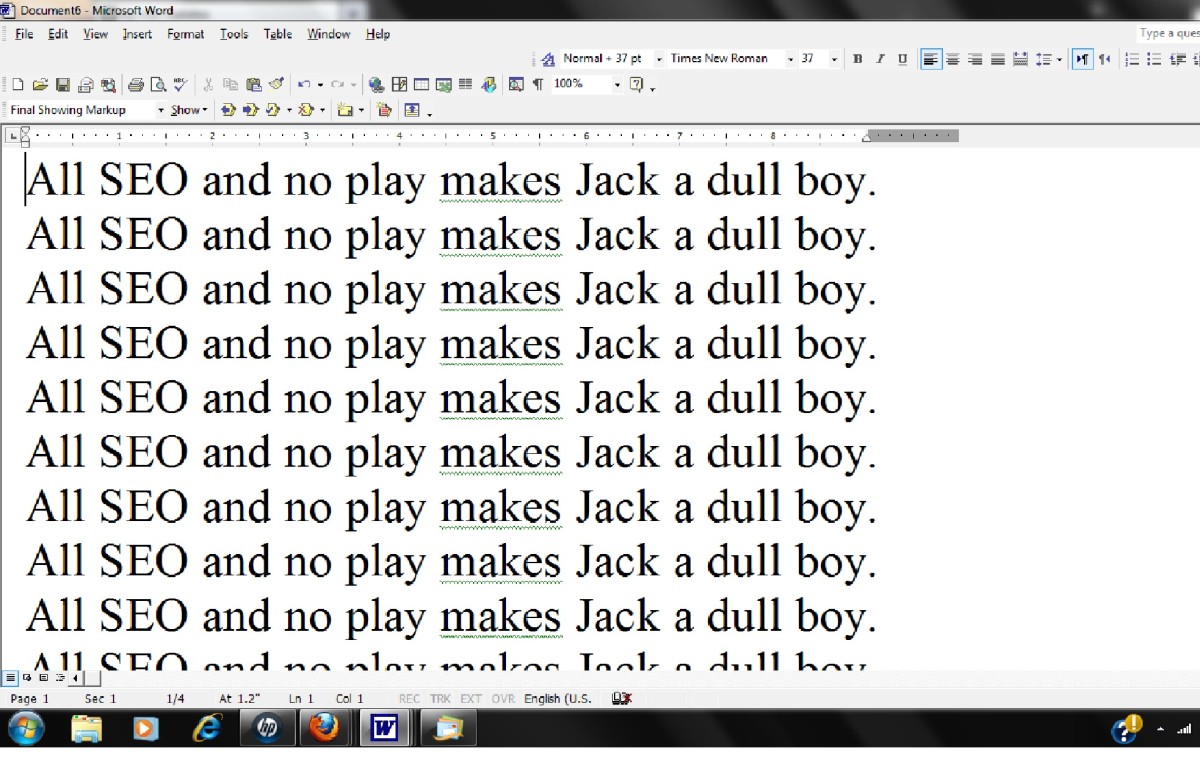Search Engine Optimization on Flash Websites – How Does it Work?

If you hire a competent flash designer for your website, the same is bound to look gorgeous. Some of the features provided by Flash are awesome, to say the least, and overall those, combined, are bound to give your website that jaw-dropping look. If you are a regular web surfer, then you will be completely blown away by a well-designed flash site. So, flash is indeed a nice thing to use; however, there are associated downsides to it too. If you are looking to make your site search engine friendly, flash is not your best bet. When you try to rank a flash website, things can get tough for you, in comparison with a regular website.
If you don’t care about search engine optimization, flash should be perfectly alright for you. However, if you care, there are some associated issues that you are bound to face:
Graceful Degradation
Let's start with the definition of a good web design. Design which can properly load the website in any browser irrespective of the fact that whether that browser has the best level of support or not. Almost 95% of the browsers support flash on today’s date, however, the remaining 5% don’t. So, if you are one who uses browsers falling in that 5% zone, you will not be able to use a flash site as fully functional.
On-Page Optimization related trouble
Flash texts are usually not that clean, in comparison with the HTML tags. As a result, search engine robots find it hard to understand the context of your flash website and therefore, the same doesn’t rank that well in the search engines, as it may have been otherwise.

What do you think?
Do you prefer flash or jQuery?
Less user friendly
Most of the search engines, on today’s date, including Google give user experience a huge priority. If the user experience is great, the site has chances of being in the top ranks. If not, the chances are slim. Flash websites look awesome, but these don’t provide users an easy way to navigate through the same. In many cases, you will see that a flash site has crashed. I, on multiple occasions, have seen the “Flash Plug-In Crashed” error message, and I am sure, people reading this article, must have had similar experiences too.

Single URL Issue
Each and every page of a flash website loads on the very same URL. As a result of this, multiple problems can be encountered:
- Google will index only a single URL for the site. At the same time, things can get trickier as the biggest search engine has a tendency of non-indexing flash websites.
- No matter how big your website is, the visitors will have only a single link to bookmark for the entire site.
- Google will rank the site for a URL. Deep-page linking and ranking – both will, therefore, be missed for your website then. Modern day Search Engine Optimization technique depends on both the factors – so your site, in the long run, is expected to suffer.
How to Create an Adobe Flash Web Site?
How to Make a Flash website that is Search Engine Friendly?
All hope is not lost, though. You can still make a search engine friendly Flash website, but, you need a skilled designer for creating that. Please keep a few points in mind while creating one:
- You can convert the content of the flash site into plain vanilla with the help of the Flash Replacement Method. Therefore, the site will work even if the browser doesn’t support flash. Other than this, you can use SWFObject method as well. With the help of this, whenever your browser requests for your website, it will automatically determine whether your browser supports flash or not. If yes, a regular flash site will be loaded. If not, the simple vanilla version is displayed to the users.
- You should not use Flash for site navigation. All these files need to be embedded inside an HTML tag instead.
- You need to identify that which pages of your website are more important when it comes to the content, compared to the rest of the website pages. Once you have done this, create those in HTML format. For rest of the pages, flash can be used, though. If this is implemented in a proper manner, search engine robots will not find it hard to identify the content pages of your website and hence, those will be crawled.
- It will be great if it is possible to have a sitemap created; this will help you to get your site crawled by Google. Right in the root folder, an XML document can be placed for making it visible to the crawlers, once the same loads.
- The website shouldn’t be a single big Flash file. Rather, it will be better if you can have separate flash files for all the different pages. These pages should be embedded inside HTML pages.
Visually a flash website is awesome and if your site traffic doesn’t necessarily has to be from search engines, why should you not use flash? However, if you want to make a Search engine friendly Flash website, the same will cost you a good deal of bucks. However, on today’s date, you may find a suitable alternative in the form of jQuery. Websites built with jQuery are no way behind when compared to flash websites’ look & feel, so there is no reason you shouldn’t be trying this option out.








